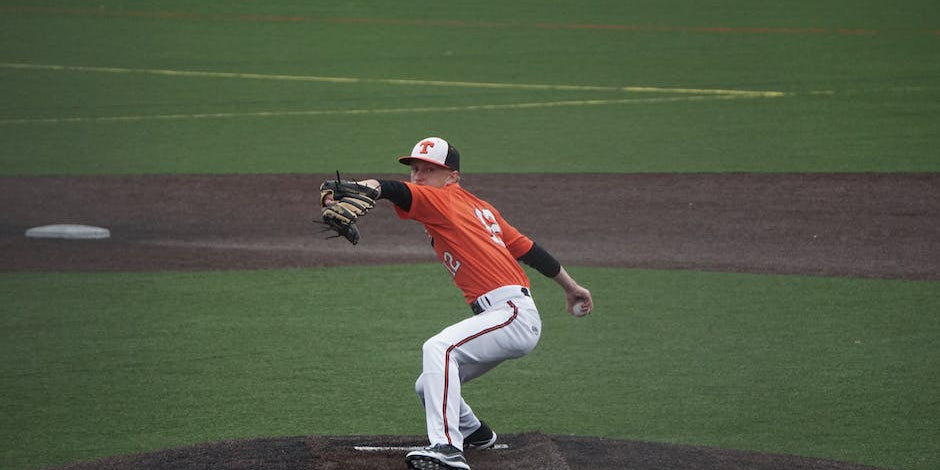All The Equipment You Need For Baseball
As spring arrives, the crack of the bat hitting the ball echoes across the country. Many individuals feel a deep passion for baseball and dream about stepping onto the field. But beyond love for the game, baseball requires specific gear to improve your performance and keep you safe. Whether you're a newcomer to this sport or a seasoned player, having an understanding of essential baseball equipment is crucial. In this blog post, we'll guide you through all the equipment you need for baseball—from bat selection to choosing the right cleats. Fret not if you're unsure about where to start; we've got you covered.
The Essential Baseball Bat
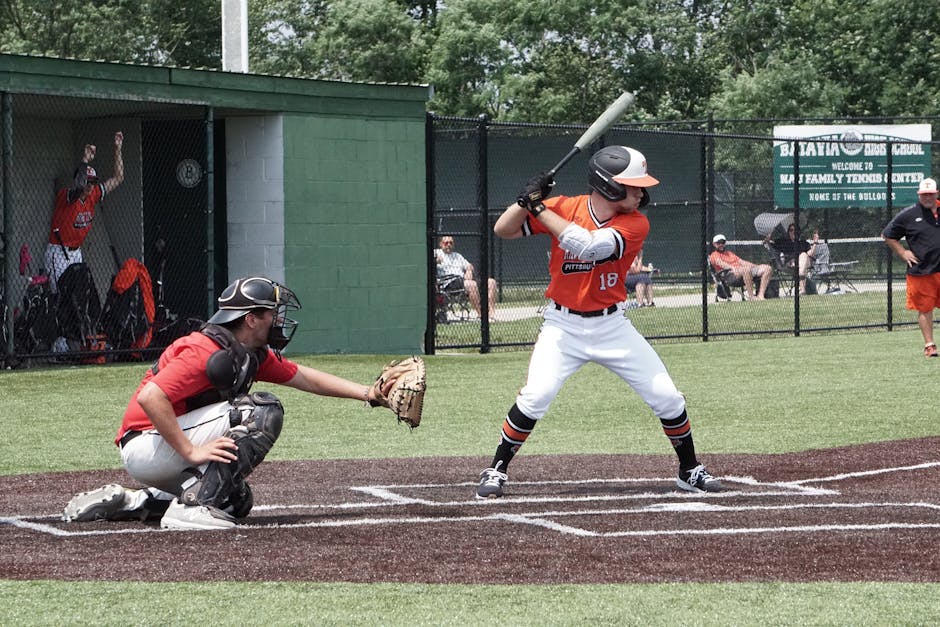
A true staple of the game, the baseball bat is far more than just a hitting instrument. It represents the very essence of baseball.
You want a bat that is right for your size, perfect in weight, and suitable to your style of swing. It's all about comfort and performance here.
Materials matter too. Classic wooden bats offer pure power but can shatter, while modern metal or composite bats provide long -lasting durability and an easy swing.
Your choice can affect not only your performance, but also the longevity of other equipment. Bats with rough finishes may wear down baseball gloves faster.
From battling the pitcher's fastballs to whipping out a bunt, the right bat can reshape your game. Always choose wisely, your very baseball success may rely on it.
Necessity of a Baseball Glove
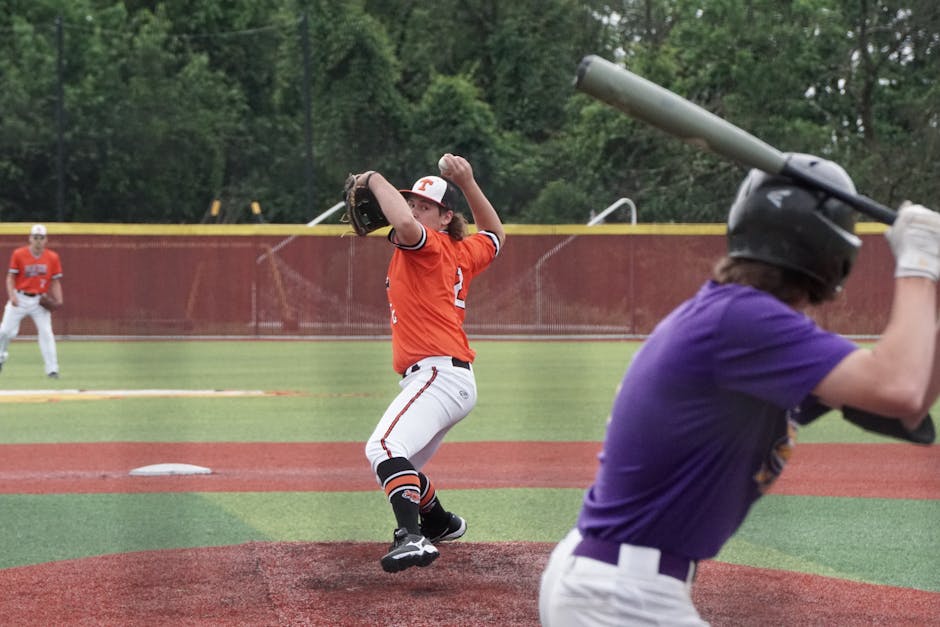
Up there on the list of indispensable gear for baseball, the baseball glove takes a top position .
This singular piece of equipment isn't just a safety measure, it's the centerpiece of a player's defensive toolkit. The glove is instrumental for catching, fielding, and eventually, controlling the game.
A well-fitted glove can dramatically impact a player's performance and comfort. It molds into an extension of your hand, giving you agility, quick response time , and protection against hard-hitting balls.
But remember, like any equipment, the functionality of your glove heavily relies on proper maintenance. Ensuring it’s broken in properly, conditioned, and stored correctly will see it through many games.
In baseball, the glove isn't just an accessory—it’s a necessity.
Importance of a Batting Helmet
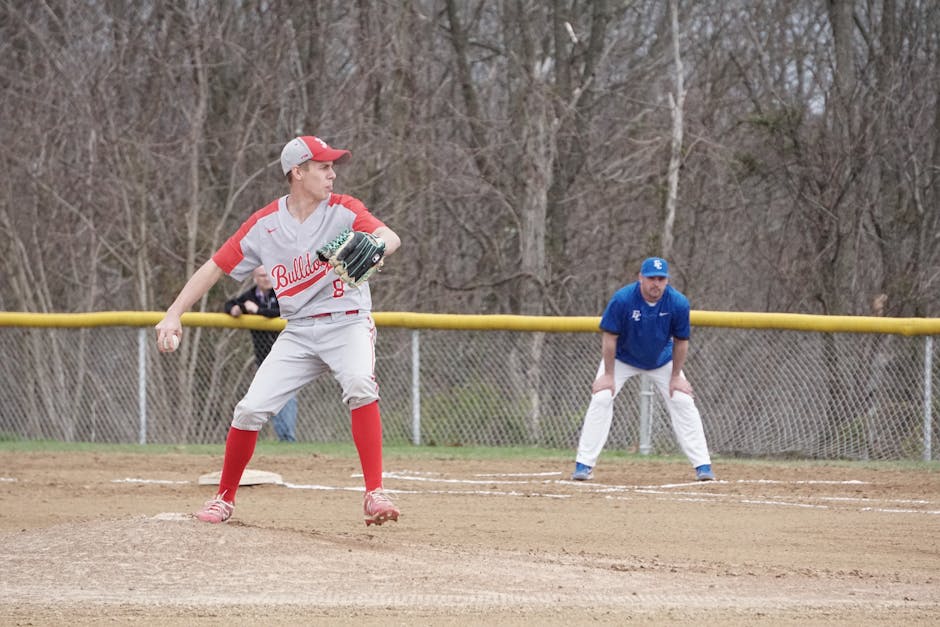
Every swing in baseball brings the exhilarating potential of a home run or the searing sting of a miss. Regardless, safety must always take precedence .
Enter the batting helmet.
With high- speed pitches flying towards the batter at every turn, the risk of severe injury is never far away. A batting helmet's primary function lies in its protective capabilities, guarding the batter's head from errant pitches or ricocheting balls. The helmet's snug fit and durable material fend off unexpected impacts, ensuring the player's safety throughout the game.
Moreover, a batting helmet also provides an essential psychological security. The confidence that emanates from knowing you're safe allows you to focus solely on your swing, and thus improving the batter's game performance.
Never underestimate the importance of a batting helmet – it could be the game-changing piece of equipment that carries you safely through every inning.
Understanding the Baseball Cleats
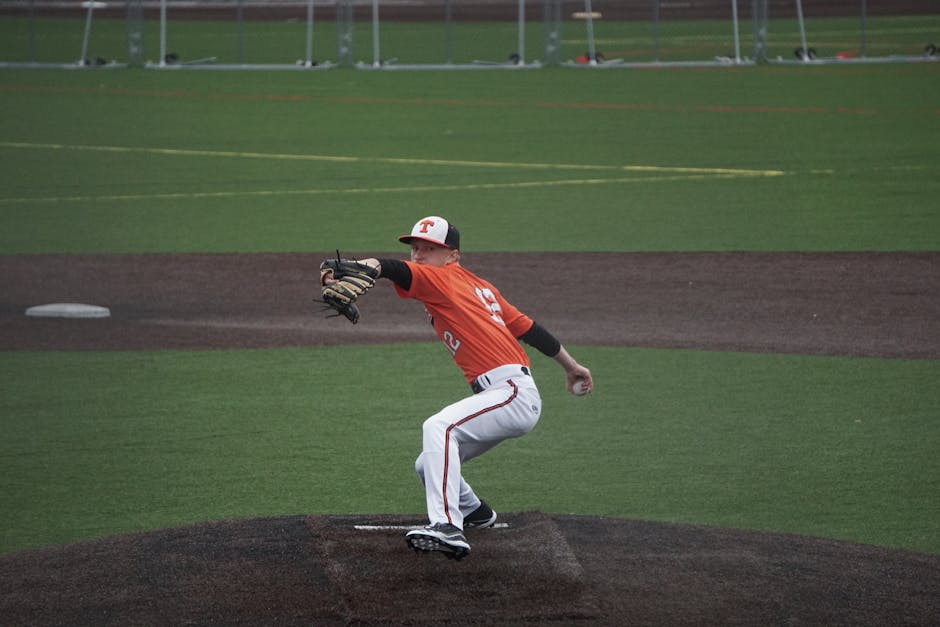
Understanding the intricacies of baseball cleats is essential in mastering this sport.
Cleats are tailored to provide traction and speed on the playing field, two much-needed attributes for any baseball player.
They come in three main styles : molded, metal, and turf.
Molded cleats are very versatile and are typically made from rubber or plastic.
Metal cleats offer the best traction, but are not always allowed due to safety concerns.
Turf cleats, on the other hand, are perfect for training sessions or games on tough, artificial surfaces.
Each style provides different benefits , so be sure to choose a pair that best suits your individual needs.
Remember, investing in the right cleats can significantly improve your performance and protect you from injuries. High- quality cleats provide not just speed, but also comfort and resilience for the rigors of a baseball game.
Need for Protective Gear
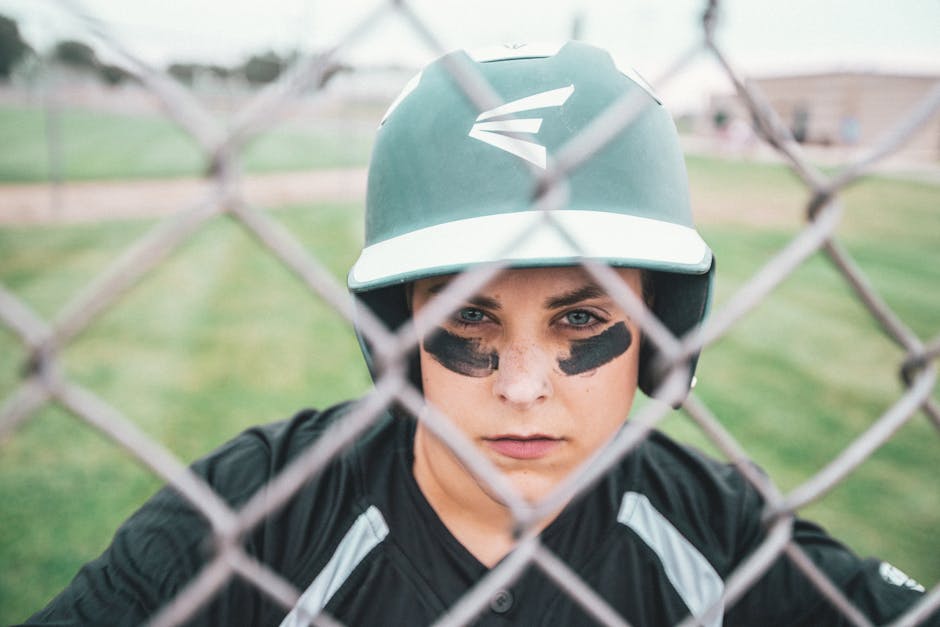
Baseball, like any other sport, requires certain protective gear for safety and optimal performance.
One crucial piece is the helmet, designed to protect your head from stray balls or accidental strikes. When picking one, you must consider its fit, comfort, and durability.
Next are the gloves. Outfielders wear gloves with large pockets for easy catching, while infielders use smaller ones for quick ball retrieval .
Catchers have their unique gear, which includes shin guards , chest protectors, and facemasks.
Also, don't ignore the importance of protective cups, especially for male players.
Last but not least, invest in a comfortable pair of cleats that offer both support and agility. Safety should never be compromised when it comes to playing baseball or any sport. All these items will aid in performance enhancement and injury prevention.
Basics of Baseball Uniforms
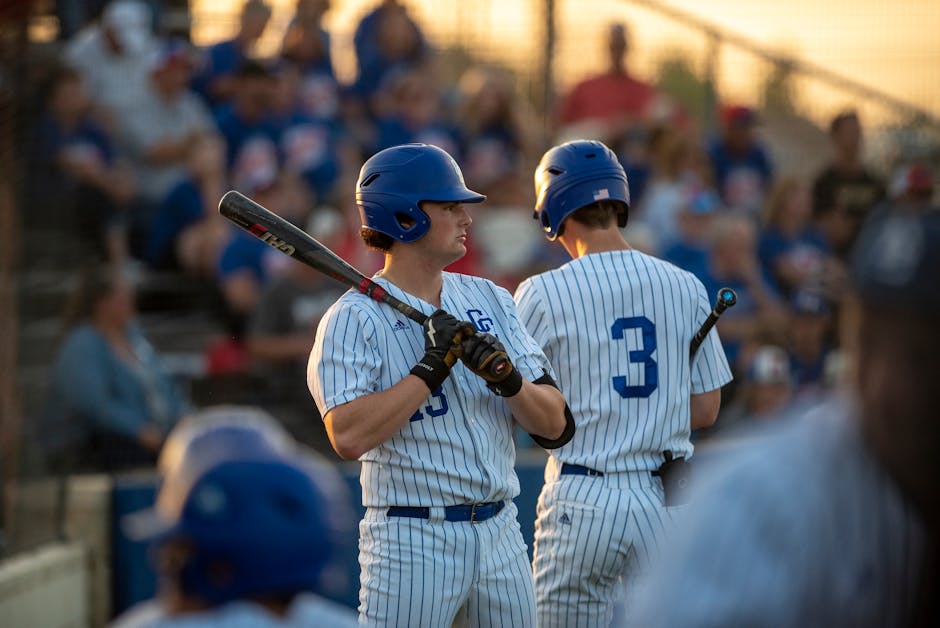
A baseball uniform is more than just an outfit; it's a symbol of team unity and professional pride. It’s essential you get it right.
Let's start with the basics – the shirt. Typically, jerseys have either button fronts or pullovers. Remember, most teams display their logo on the shirt.
Next up, pants. They’re traditional knickers that fall just below the knee and allow for high socks.
Lastly, a fitted cap to protect the eyes from the sun and, of course, to represent your team.
Your uniform will also include a belt to match the core colors of your team. And let's not forget about the cleats.
Aesthetic aside, the utility of the uniform is of utmost importance too. Always ensure your uniform is comfortable to wear and doesn’t hinder your movements. Make certain to choose materials that are breathable and durable.
When choosing your uniform, keep in mind it's not just about looking the part, it's about playing the part.
The Baseball Itself
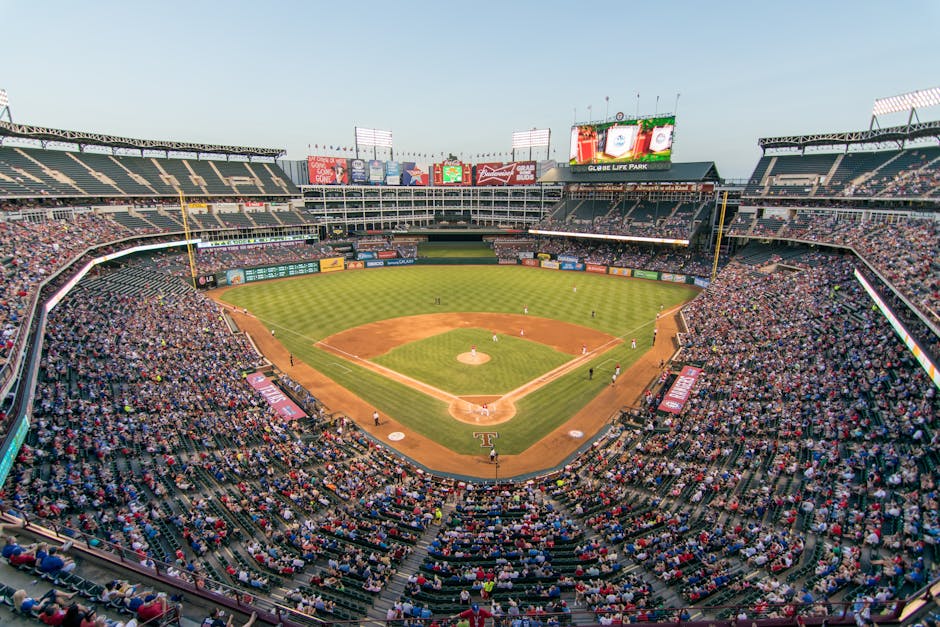
No discussion of baseball equipment would be complete without mention of the cornerstone of the game: the baseball itself. As any seasoned player can attest, the quality of a baseball significantly impacts the accuracy and distance of throws.
Baseballs are traditionally crafted with a cork and rubber core, enveloped by layers of wool yarn and meticulously hand-stitched with a cover of high-grade cowhide. This design delivers the hardness, weight, and seamless surface integral to the game.
However, not all baseballs are created equal. Factors such as brand, model, and league standards can influence the durability and performance of the ball. Before purchasing, always check the specifications to ensure the ball is suitable for your level of play.
Essential Catcher’s Equipment
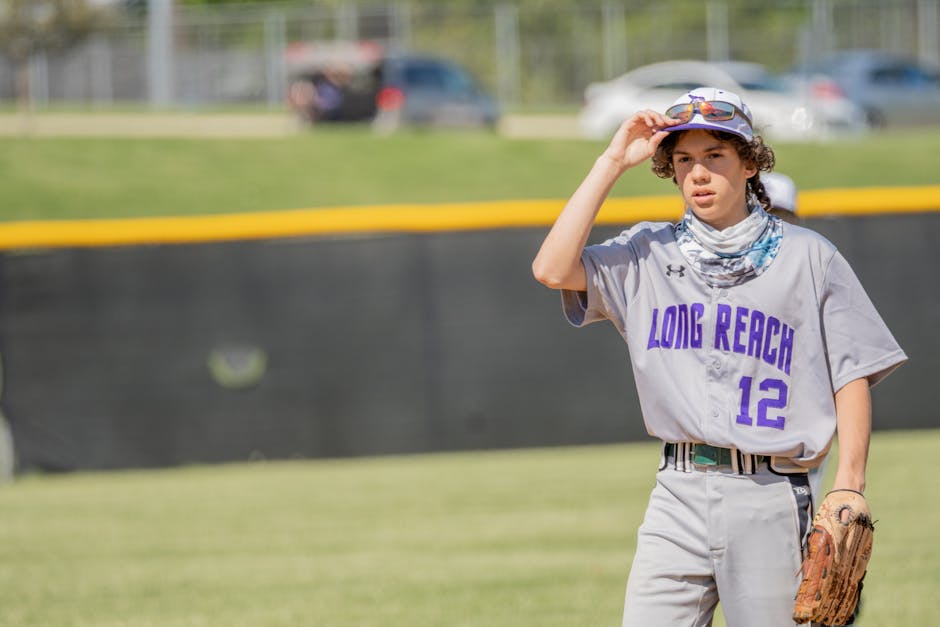
As the guardian of the plate, a catcher's equipment is not just important—it’s crucial.
For starters, the catcher's mask shields your face from wayward pitches and foul balls. Depending on your preference, you can opt for either a traditional mask or a hockey-style mask, both designed for ultimate protection.
Next on the list is your catcher’s mitt. It differs from other gloves due to its extra padding, used to catch fast and powerful pitches without damage to your hand.
Catcher's chest protector and shin guards are also vital for protection during those long stretches behind the plate. These should be thick and sturdy, yet allow for movement and flexibility.
Don't forget your cleats; traction is important when you're jumping up to throw out an eager base stealer .
Remember, the quality of your gear can greatly influence your performance as a catcher. Ensure your equipment is comfortable, durable, and fits properly.


